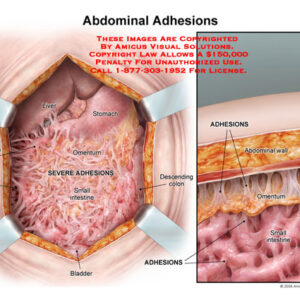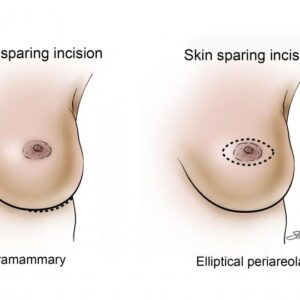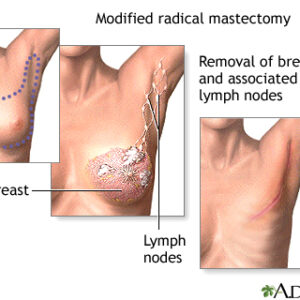3,461.00$
3,461.00$
Embark on a transformative journey with our exceptional range of medical treatments. As a leading medical tour operator, we offer a comprehensive selection of world-class treatments and procedures to address your unique healthcare needs. From advanced surgeries to cutting-edge therapies, our team of experienced professionals is dedicated to providing top-notch care and ensuring your comfort and satisfaction. Discover a new level of healthcare excellence with our tailored treatment options. Book now to start your journey towards a healthier and happier you.
Subtotal colectomy is a surgical procedure that involves the removal of a portion of the colon, leaving a part of the colon intact. It is performed to treat various conditions such as colon cancer, inflammatory bowel disease, or severe constipation. The surgery can be done through an open approach or using laparoscopic techniques.
During a subtotal colectomy, the surgeon removes a portion of the colon while leaving a part of the colon, usually the sigmoid colon, intact. The remaining parts of the colon are then reconnected, or in some cases, an ostomy may be created. The procedure can be performed through an open incision or using laparoscopic techniques, which involve making several small incisions and using specialized instruments and a camera to guide the surgery.
Subtotal colectomy may be suitable for individuals with conditions such as extensive colon cancer, severe inflammatory bowel disease affecting a specific portion of the colon, or colonic inertia (severe constipation). The decision to perform a subtotal colectomy is based on the specific condition and individual circumstances, and it is typically made in consultation with a healthcare provider or surgeon.
Subtotal colectomy may not be suitable for individuals who have contraindications to surgery or those who are unable to tolerate anesthesia. The decision to undergo a subtotal colectomy is made on a case-by-case basis, considering the individual’s overall health and specific circumstances.
The advantages of subtotal colectomy can include:
Complications of subtotal colectomy can include bleeding, infection, injury to nearby organs, anastomotic leak (leakage at the reconnection site), and the development of a hernia at the incision site. However, it is important to note that complications are rare, and the overall risk is generally low.
Preoperative care for subtotal colectomy involves a comprehensive evaluation by a healthcare provider to determine the need for surgery and the most appropriate approach. This may include medical risk reduction, diagnostic tests, and discussions about the procedure, potential risks, and expected outcomes.
Postoperative care for subtotal colectomy includes pain management, wound care, and monitoring for any signs of complications. The recovery period can vary depending on the individual and the specific procedure performed. It is important to follow the healthcare provider’s instructions regarding diet, activity level, and any necessary follow-up appointments.
| Country | |
|---|---|
| City | |
| Hotel | |
| Visa | |
| Translator | |
| Transfer | |
| Stay at Hospital | |
| Language | |
| Insurance | |
| Stay at Hotel | |
| City Tour |
Only logged in customers who have purchased this product may leave a review.






Reviews
There are no reviews yet.